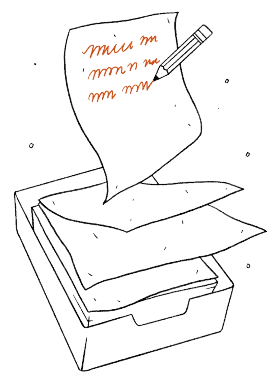Today's News, Tomorrow's Lesson - January 16, 2014
“What have the Romans ever done for us?” the Monty Python team famously asked in The Life of Brian. Well, new archaeological research from England suggests that as well as aqueducts, sanitation and straight roads, the Roman Empire also left behind evidence of a gruesome enthusiasm for violence and beheadings.










